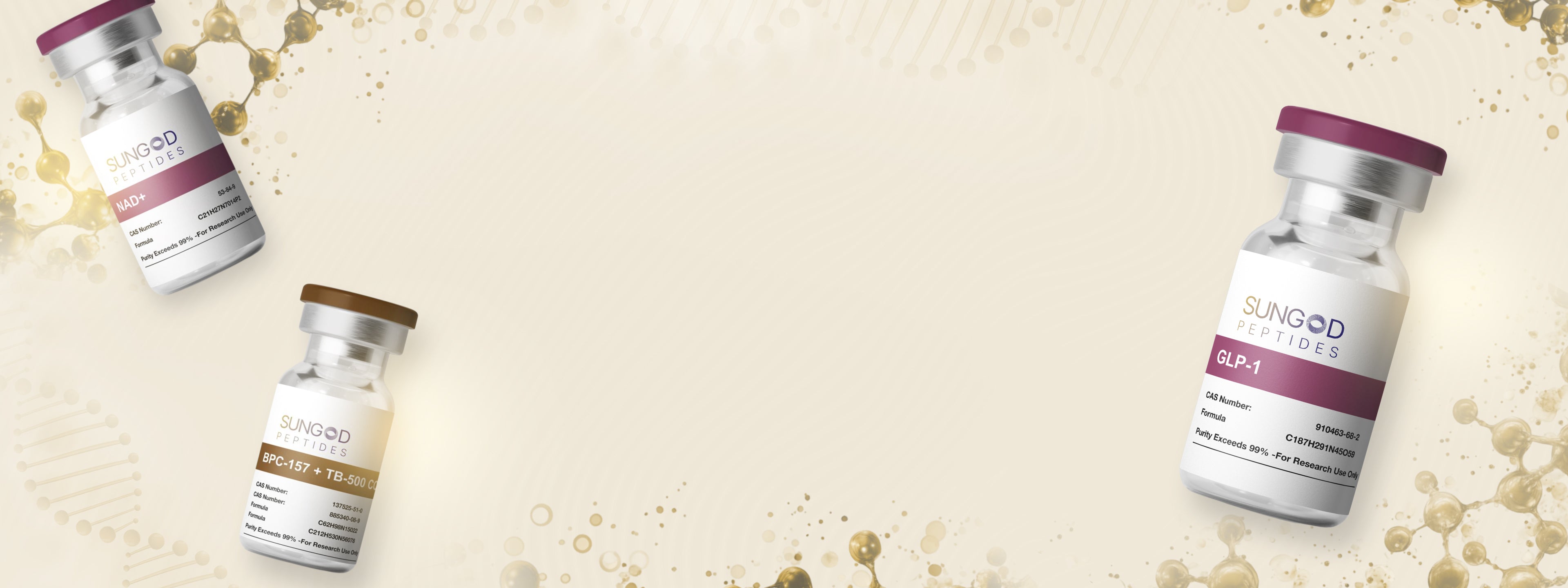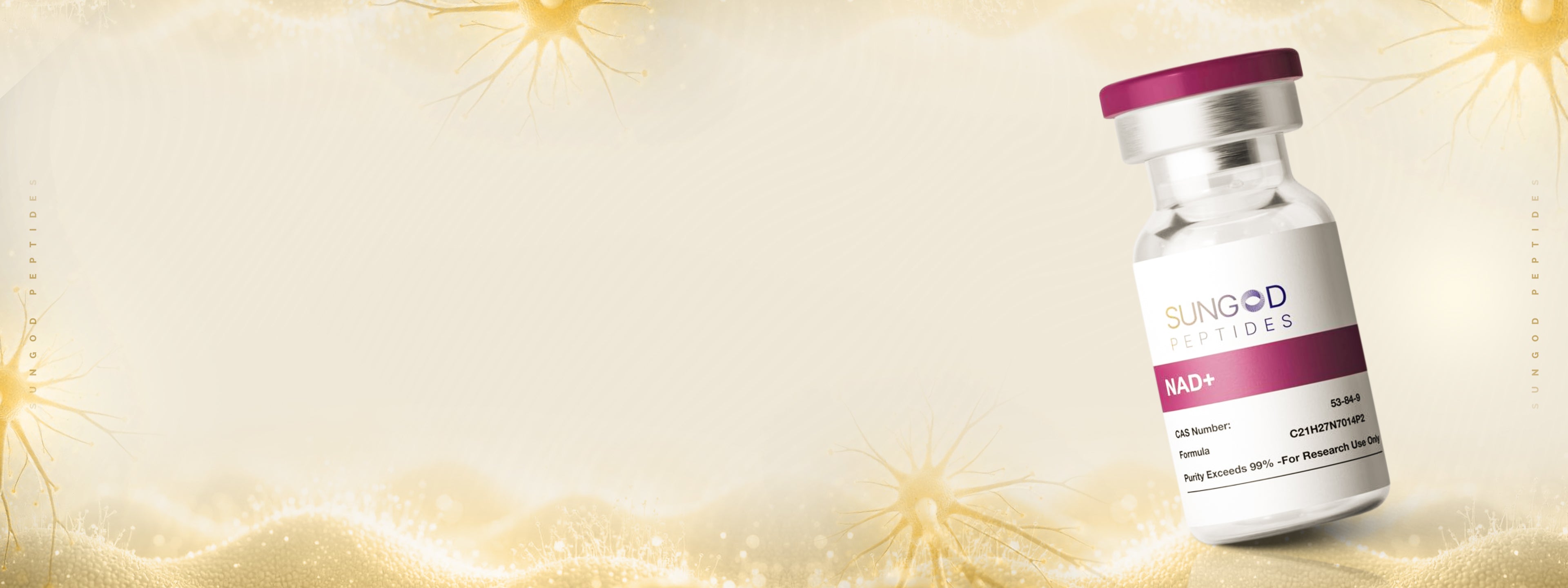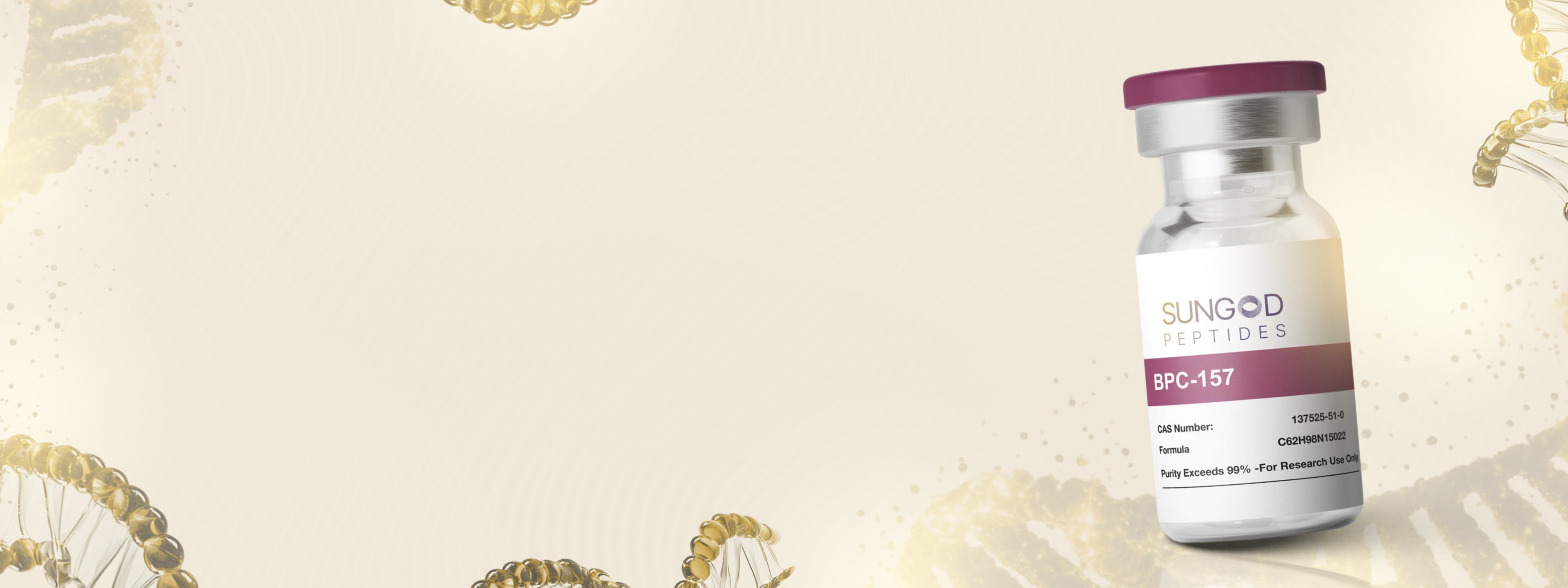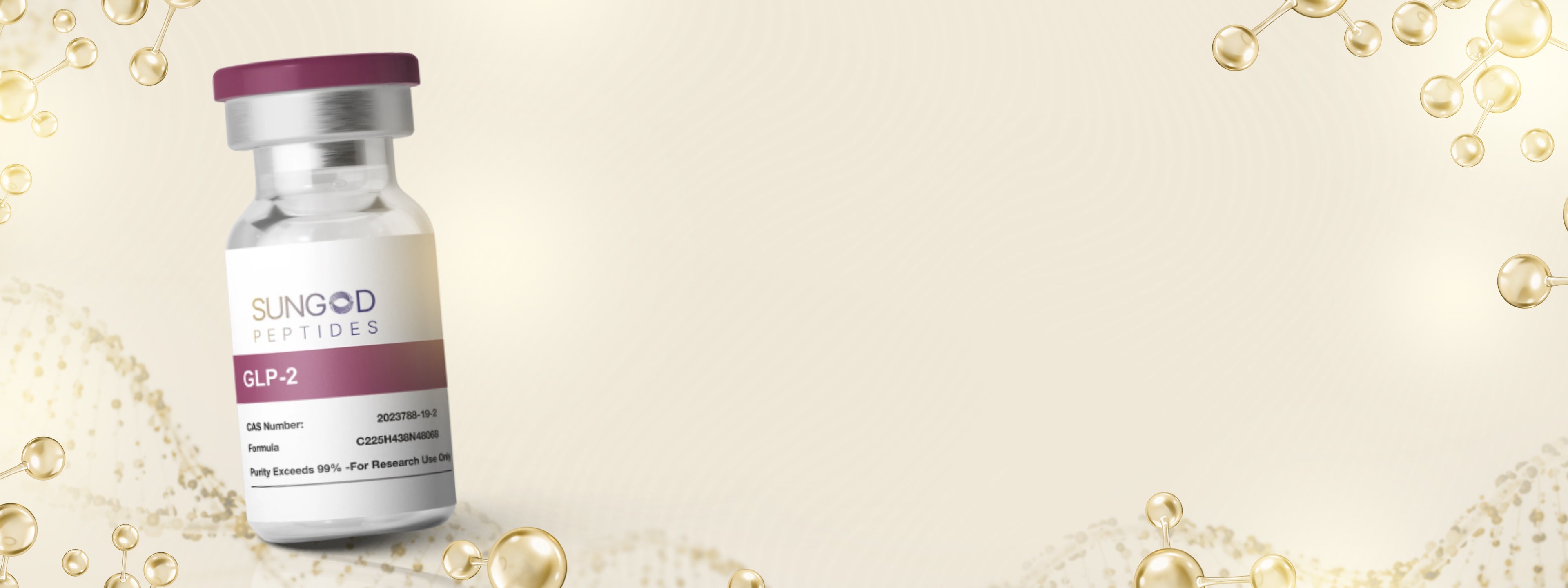
Made in USA

Lab Quality

Science-Backed
Peptides Products
-
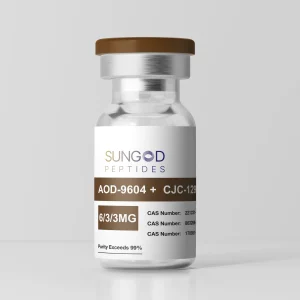
AOD 9604 + CJC-1295 + Ipamorelin
$154.00 Shop Now This product has multiple variants. The options may be chosen on the product page -
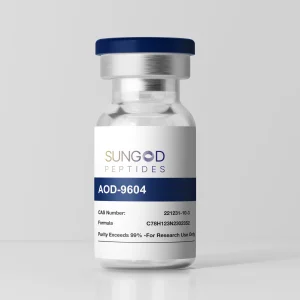
AOD-9604
$65.00 Shop Now This product has multiple variants. The options may be chosen on the product page -
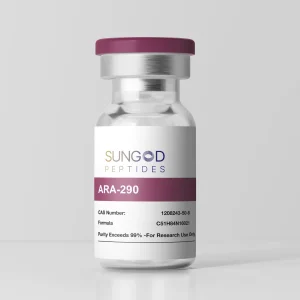
ARA 290
$95.00 Shop Now This product has multiple variants. The options may be chosen on the product page -
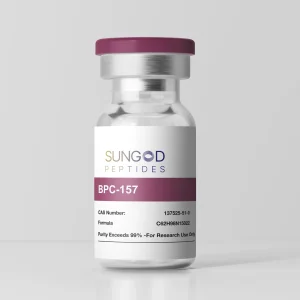
BPC-157
Price range: $59.00 through $100.00 Shop Now This product has multiple variants. The options may be chosen on the product page -

BPC-157 + TB-500
$115.00 Shop Now This product has multiple variants. The options may be chosen on the product page -

CJC-1295 + Ipamorelin
$94.00 Shop Now This product has multiple variants. The options may be chosen on the product page -

DSIP
$50.00 Shop Now This product has multiple variants. The options may be chosen on the product page -
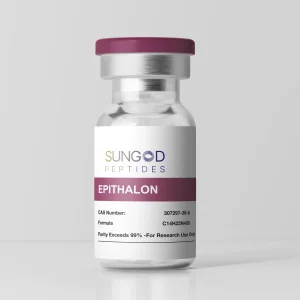
Epithalon
$94.00 Shop Now This product has multiple variants. The options may be chosen on the product page -
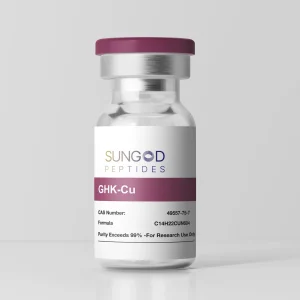
GHK-Cu
$69.00 Shop Now This product has multiple variants. The options may be chosen on the product page -
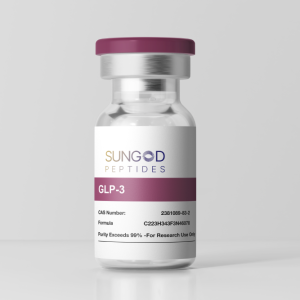
GLP-1 R
$299.00 Shop Now This product has multiple variants. The options may be chosen on the product page -
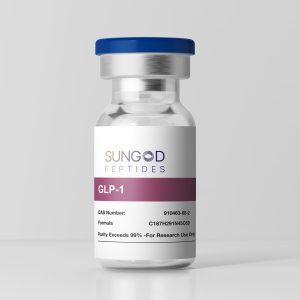
GLP-1 S
Price range: $175.00 through $245.00 Shop Now This product has multiple variants. The options may be chosen on the product page -

GLP-1 T
Price range: $169.00 through $345.00 Shop Now This product has multiple variants. The options may be chosen on the product page -
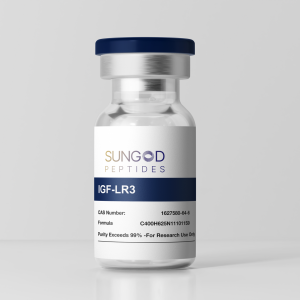
IGF-1 LR3
$110.00 Shop Now This product has multiple variants. The options may be chosen on the product page -
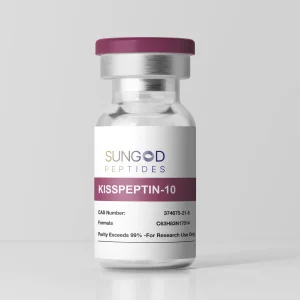
Kisspeptin
$75.00 Shop Now This product has multiple variants. The options may be chosen on the product page -
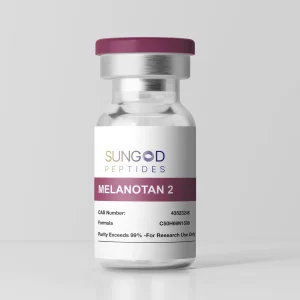
Melanotan 2
$72.00 Shop Now This product has multiple variants. The options may be chosen on the product page -
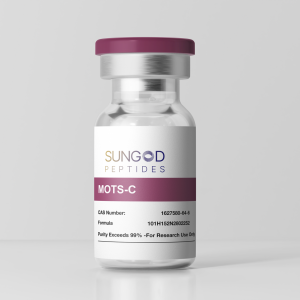
MOTS-C
$99.00 Shop Now This product has multiple variants. The options may be chosen on the product page -
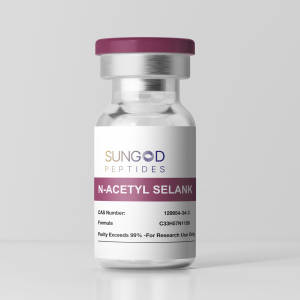
N-Acetyl Selank
$64.00 Shop Now This product has multiple variants. The options may be chosen on the product page -
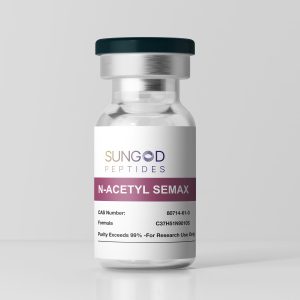
N-Acetyl Semax
$75.00 Shop Now -

NAD +
$299.00 Shop Now This product has multiple variants. The options may be chosen on the product page -
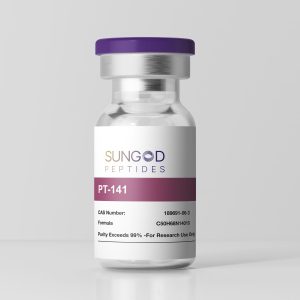
PT-141
$62.00 Shop Now This product has multiple variants. The options may be chosen on the product page -
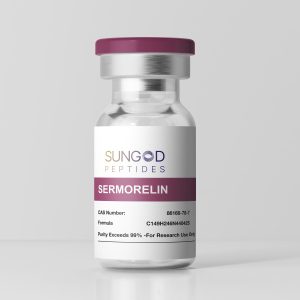
Sermorelin
$69.00 Shop Now This product has multiple variants. The options may be chosen on the product page -

SS-31
$155.00 Shop Now This product has multiple variants. The options may be chosen on the product page -
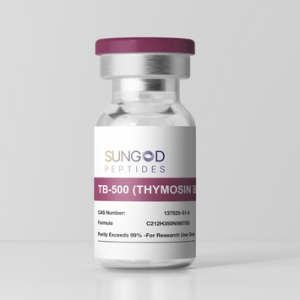
TB-500
$164.00 Shop Now This product has multiple variants. The options may be chosen on the product page -
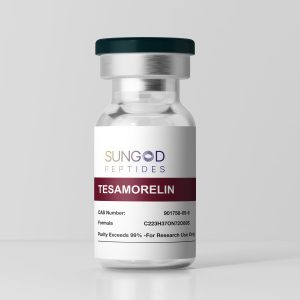
Tesamorelin
$132.00 Shop Now This product has multiple variants. The options may be chosen on the product page -
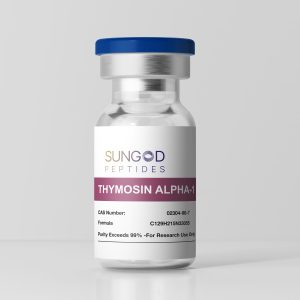
Thymosin Alpha-1
$128.00 Shop Now This product has multiple variants. The options may be chosen on the product page -
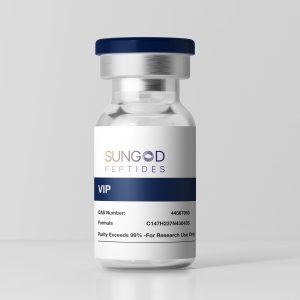
Vasoactive Intestinal Peptide (VIP)
$85.00 Shop Now This product has multiple variants. The options may be chosen on the product page
Made in USA
By sourcing and producing domestically, we ensure the highest levels of safety, quality control, and compliance with U.S. manufacturing standards. You can feel confident knowing you're receiving products made with integrity, transparency, and strict adherence to health regulations.
Lab Quality
We provide pharmaceutical-grade peptides that meet rigorous purity and potency standards. Each batch is independently tested by certified laboratories to verify identity, sterility, and concentration.
Science-Backed
Our selection of peptides is rooted in clinical research and evidence-based outcomes. Peptides support cellular energy and longevity, fat metabolism, and support metabolic health. We stay informed on the latest peer-reviewed studies to bring you cutting-edge solutions with real science behind them.
Secure Ordering
We make the peptide ordering process simple, secure, and fast. Just select your desired product, complete a quick checkout, and we'll handle the rest. Our streamlined online system ensures a hassle-free experience, and our customer service team is always available to answer questions and provide support along the way.
Why Choose SunGod Peptides?
Made in the USA
Manufactured and sourced 100% in America for unmatched quality control.
Clinically Backed
Formulas rooted in science, trusted by health pros and biohackers alike.
Verified Purity
Independent labs confirm average purity above 99%. Tested using reverse-phase HPLC for precision.
Each batch is tested
Each batch is tested for endotoxins below 0.25 EU/mg. Designed to eliminate biological noise and maximize purity.
Frequently Asked Questions (FAQs)
What are research peptides?
Peptides are short chains of amino acids that scientists use to explore cell-signaling, receptor dynamics, and metabolic pathways. Every vial we supply is intended solely for in-vitro or ex-vivo experimentation inside a controlled lab environment.
Why choose SunGod Peptides for experimental work?
Our lots are synthesized under ISO-audited facilities, purified by reverse-phase HPLC, and verified by mass spectrometry. Each unit ships with a unique Certificate of Analysis and a tamper-evident seal so your data starts with integrity.
Are these compounds sterile and endotoxin-screened?
Yes. After final filtration through a 0.22-micron membrane, lyophilized powder is endotoxin-tested to assure levels below 0.25 EU mg. That keeps cell cultures clean and results reproducible.
How should I store the vials?
Keep unopened vials at −20 °C in a light-protected container. Once reconstituted, aliquot and freeze at −80 °C to minimize freeze–thaw cycles. Room-temperature exposure beyond eight hours invites degradation.
Are these peptides approved for human or veterinary use?
No. They are not drugs, foods, or dietary supplements. They are strictly for laboratory research. Any mention of ingestion, injection, or diagnostic application voids our warranty and breaches the purchase agreement.
What safety practices apply in the lab?
Wear gloves, eye protection, and a lab coat. Work inside a Class II biosafety cabinet if your assay involves cell culture. Dispose of unused material according to your institutional chemical-waste protocol.
Do you test each batch for heavy metals and microbial contamination?
Every lot is screened for arsenic, cadmium, lead, and mercury using ICP-MS, and for bacterial or fungal growth via USP <61> methods. Results appear on the Certificate of Analysis.
Can I combine multiple peptides in a single protocol?
Parallel or sequential administration is at the investigator’s discretion. Validate compatibility by running individual controls first, then document interaction effects on your chosen endpoints.
What is your return or replacement policy?
We replace vials that arrive broken, contaminated, or outside temperature specifications when notified within forty-eight hours of delivery and accompanied by photographic evidence. Because these materials are perishable research reagents, we cannot accept returns.
